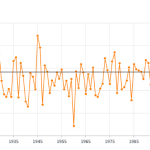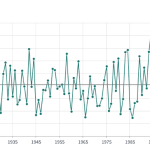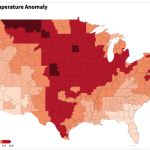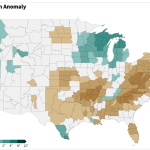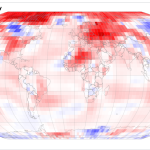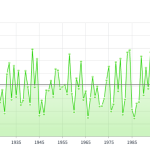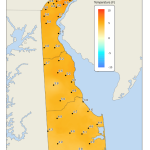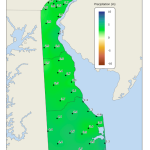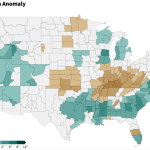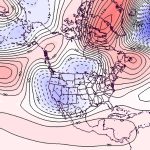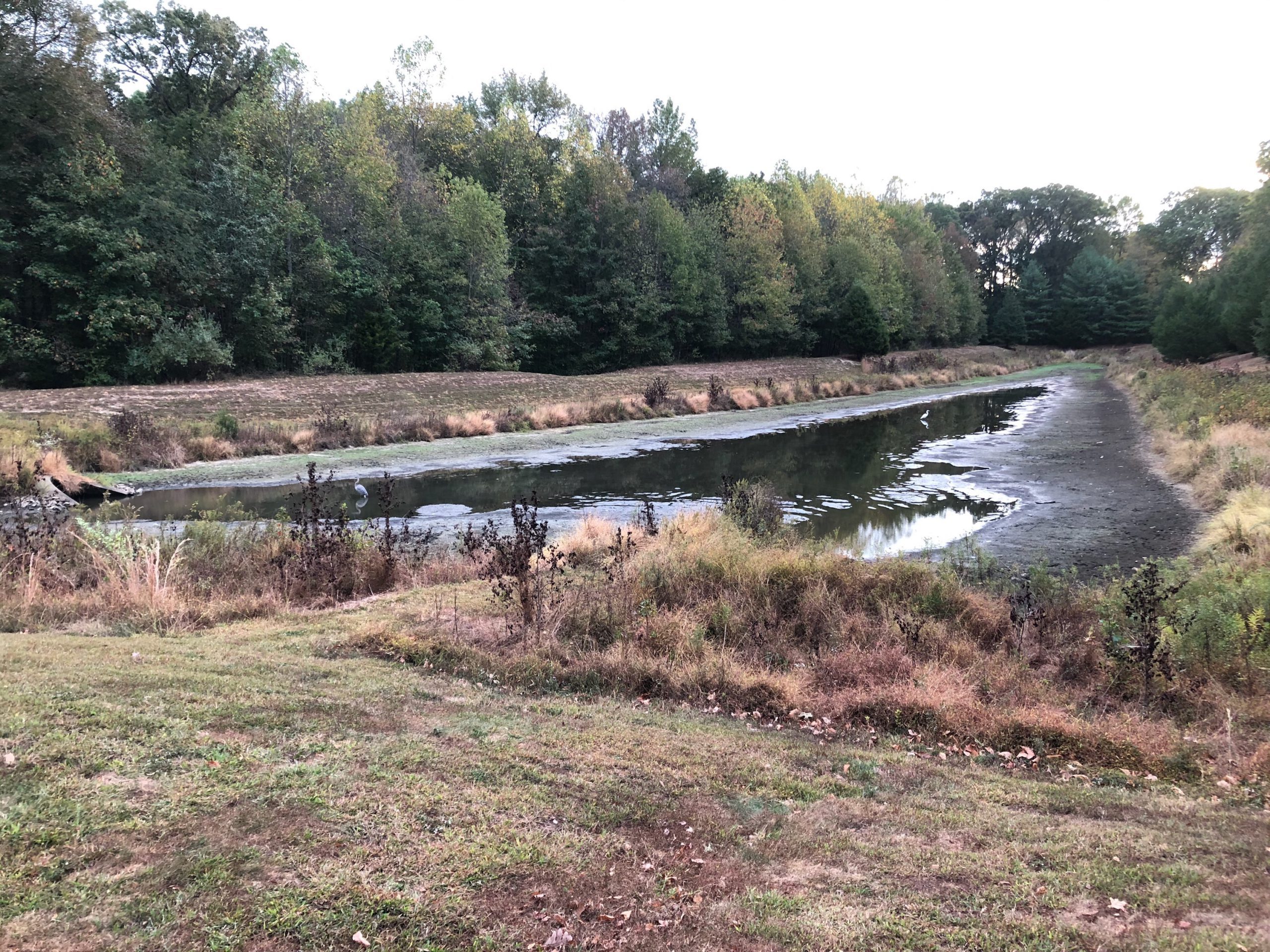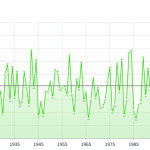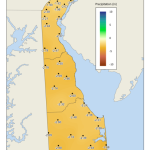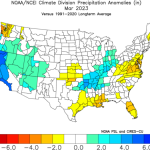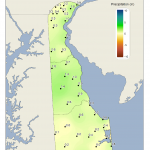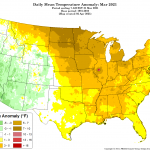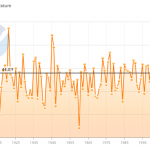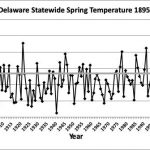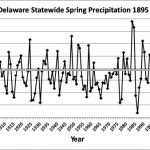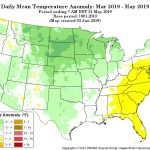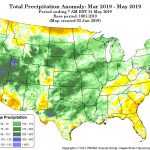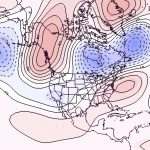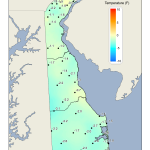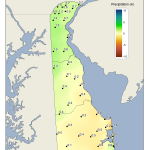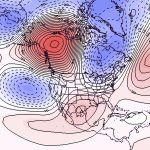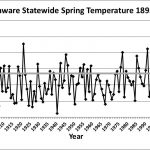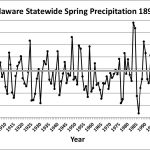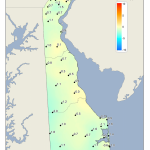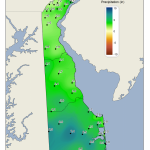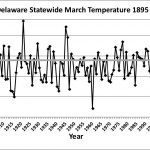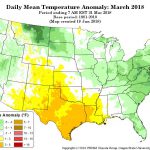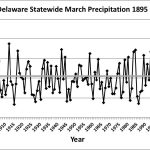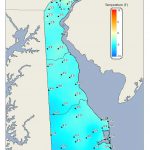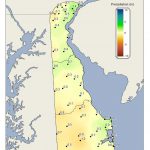March Temperatures
Preliminary data indicates that the statewide average temperature in March was 48.7o F, which is 4.5o F above the 1991-2020 mean value of 44.2o F (Figure 1). March 2025 was tied with March of 2000 as the 7th warmest March on record since 1895.
March Precipitation
Delaware’s statewide precipitation for March 2025 averaged 5.44 inches, 1.32 inches above the 1991-2020 mean of 4.12 inches (Figure 2). March 2025 precipitation was in the top one-third of all March precipitation totals since 1895.
Statewide Spatial Anomalies
Data from the Delaware Environmental Observing System (DEOS) show that temperature departures were positive across the entire State (Figure 3), with many stations reaching anomalies of over 6o F. Precipitation varied across the State with much of Sussex and Kent counties recording positive precipitation departures, while much of New Castle County saw near or slightly below normal precipitation anomalies (Figure 4).
National Anomalies
Temperatures were above normal across the entire United States, except for much of California (Figure 5). Large temperature anomalies of 7o to 9o F were found across much of the Great Plains into Montana. Precipitation varied across the country (Figure 6) with the Pacific Coast, the Great Lakes, Maine, and the Delmarva Peninsula seeing above normal precipitation, while much of the rest of the eastern one-half of the United States experienced below normal precipitation for the month. The 500 hPa height pattern for March showed an anomalous jet stream trough across eastern Canada and in the Gulf of Alaska (Figure 7).
Global Anomalies
March 2025 ranked as the third warmest March on record for the globe since 1850. Global temperatures were 2.36o F above the 1901-2000 mean. Particular warmth was found across the Arctic, the central portions of the United States, and much of eastern Europe (Figure 8).
- Figure 1. Delaware statewide mean March temperature (degrees F) 1895-2025. The black line indicates the 1991-2020 normal (NOAA, NCEI, Climate at a Glance: Statewide Time Series).
- Figure 2. Delaware statewide March precipitation (inches) 1895-2025. The Black line indicates the 1991-2020 normal (NOAA, NCEI, Climate at a Glance: Statewide Time Series).
- Figure 3. March 2025 average temperature departures (degrees F) from the 1991-2020 mean based upon DEOS station data.
- Figure 4. March 2025 precipitation departures (inches) from the 1991-2020 mean based upon DEOS station data.
- Figure 5. United States climate division temperature anomalies (degrees F) for March 2025 (NOAA, NCEI, Climate at a Glance: Divisional Mapping).
- Figure 6. United States climate division precipitation anomalies (inches) for March 2025 (NOAA, NCEI, Climate at a Glance: Divisional Mapping).
- Figure 7. 500 hPa geopotential height anomalies for March 2025. Negative (blue) anomalies indicate the presence of an anomalous jet stream trough while positive (red) height anomalies indicate the presence of an anomalous jet stream ridge.
- Figure 8. Global temperature anomalies (degrees C) for March 2025 (NOAA, NCEI, Climate at a Glance: Global Mapping).


